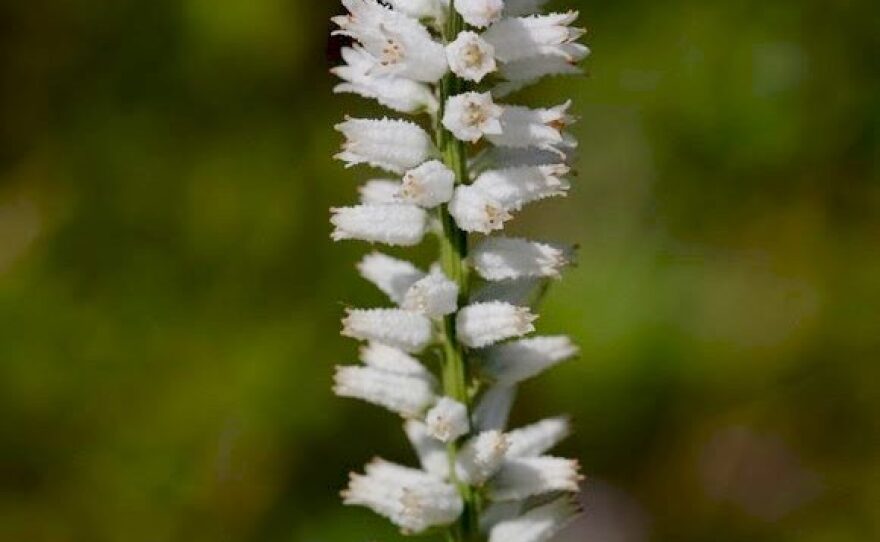Assertions of the 1960s folk group The Irish Rovers notwithstanding, unicorns are alive and well in Maine.
The unicorn root, that is.This summer the Maine Natural Areas Program documented about 300 flowering stems of the the unicorn root (Aletris farinosa) in a damp Bowdoin field, according to the Maine Department of Agriculture, Conservation and Forestry.
Also known as white colic-root, or colicroot, the fancifully named unicorn root has not been seen in Maine for 130 years and was long thought to have been absent from the state.
In fact, until it was spotted this summer, it was only known by three herbarium specimens, two of which were collected by Maine botanist Kate Furbish from Wells in 1879 and from Brunswick in 1874. The third specimen was collected in 1887 near Lewiston.
The plant is native to Maine and found in the eastern United States and Ontario, and it is considered a rare sighting — if not mythological, as in the case of the unicorn animal.
When found, it’s in open, moist, sandy ground associated with tallgrass prairie habitats and damp, sandy meadows with little or no topsoil.
The recent discovery of the unicorn root was on private land, and officials are not sure why it decided to return.
“We don’t have all the answers,” said Don Cameron, botanist with the Maine Natural Areas Program. “It’s interesting that the site it was found it had extremely shallow soil [and] it could be the habitat that could accommodate the plant somehow met up with the plant.”
How that happened, he said, is anyone’s guess at this point.
One possibility, Cameron said, is the unicorn root is a so-called seed banker.
“Some [plant] seeds will persist for a decades or even centuries in the soil,” Cameron said. “Then a fire comes along or a bulldozer moves the soil around and you will suddenly see plants you have not seen for a long time.”
It likely vanished from the Maine landscape at the turn of the last century due to human activity like agriculture or housing development.
“It was a plant that was rare to begin with,” Cameron said. “It just takes a few things to go wrong [for the plant] for it to disappear.”
For a botanist, the discovery of a previously thought vanished species ranks among life’s greater highlights.
“Maine is interesting,” Cameron said. “We have a number of species that are historical [and] some have fallen off the radar, but it just takes the right person to be in the right place at the right time to re-discover them.”
The recently re-discovered unicorn roots belong to the private landowner on whose property they were found, Cameron said, but he added she seems very interested in protecting them.
The root has been used in traditional remedies for stomach aches, colic, dysentery, menstrual cramps, body pain and as a laxative.
With its single, tall flowering stalk with white flowers that appear June through August, the unicorn root may, indeed, be the loveliest of all.
This story appears through a media sharing agreement with Bangor Daily News.



